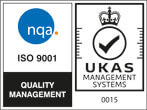In this first installment of Kenneth Wyatt’s EMC Bench Notes, you’ll get a practical, equipment-focused breakdown of what you need to start performing reliable pre-compliance radiated emissions testing. Set up your bench right, and you enable confident, traceable measurements long before formal testing.
Key takeaway: Your basic toolkit doesn’t need to cost a fortune—but it does need the essentials. Here’s everything Wyatt outlines.
Core Test Setup Essentials
- Spectrum analyser or EMI receiver covering the relevant frequency ranges.
- Calibrated EMI antennas for radiated emissions, placed at standard distances (typically 3 m or 10 m away).
- Insulated tripods and turntables for precise positioning and rotation of the Device Under Test (DUT).
- Pre-amplifiers and coaxial cables with known loss—used when measuring low-level emissions.
- A sturdy 80 cm wooden test table with ground plane beneath for consistent placement.
Why Each Piece Matters
Collating a setup that mirrors compliance labs ensures your readings are meaningful. A calibrated antenna at 3 m distance lets you directly compare field strength to regulatory limits. The analyser captures the data, and the tripod/turntable combo ensures repeatable measurements. Add pre-amp and cable data, and your readings become traceable root-cause tools—not just noise indicators.
Common Pitfall to Avoid
One widespread error: using nearby or uncalibrated antennas. These yield relative results that may not be representative. For meaningful results that approximate lab conditions, always use correctly positioned, calibrated EMI antennas—even if it means higher initial cost.
Equations & Corrections
Wyatt notes that with an E-field reading (in dBµV) from your analyser, you can calculate the true field strength in dBµV/m by accounting for cable loss, amplifier gain, attenuation, and antenna factor—ensuring accuracy when compared to compliance limits.
Equipment Shoutouts from Telonic
- Spectrum Analysers and EMI Receivers to capture and visualise emissions.
- Roll-Up Ground Planes for a stable reference surface.






















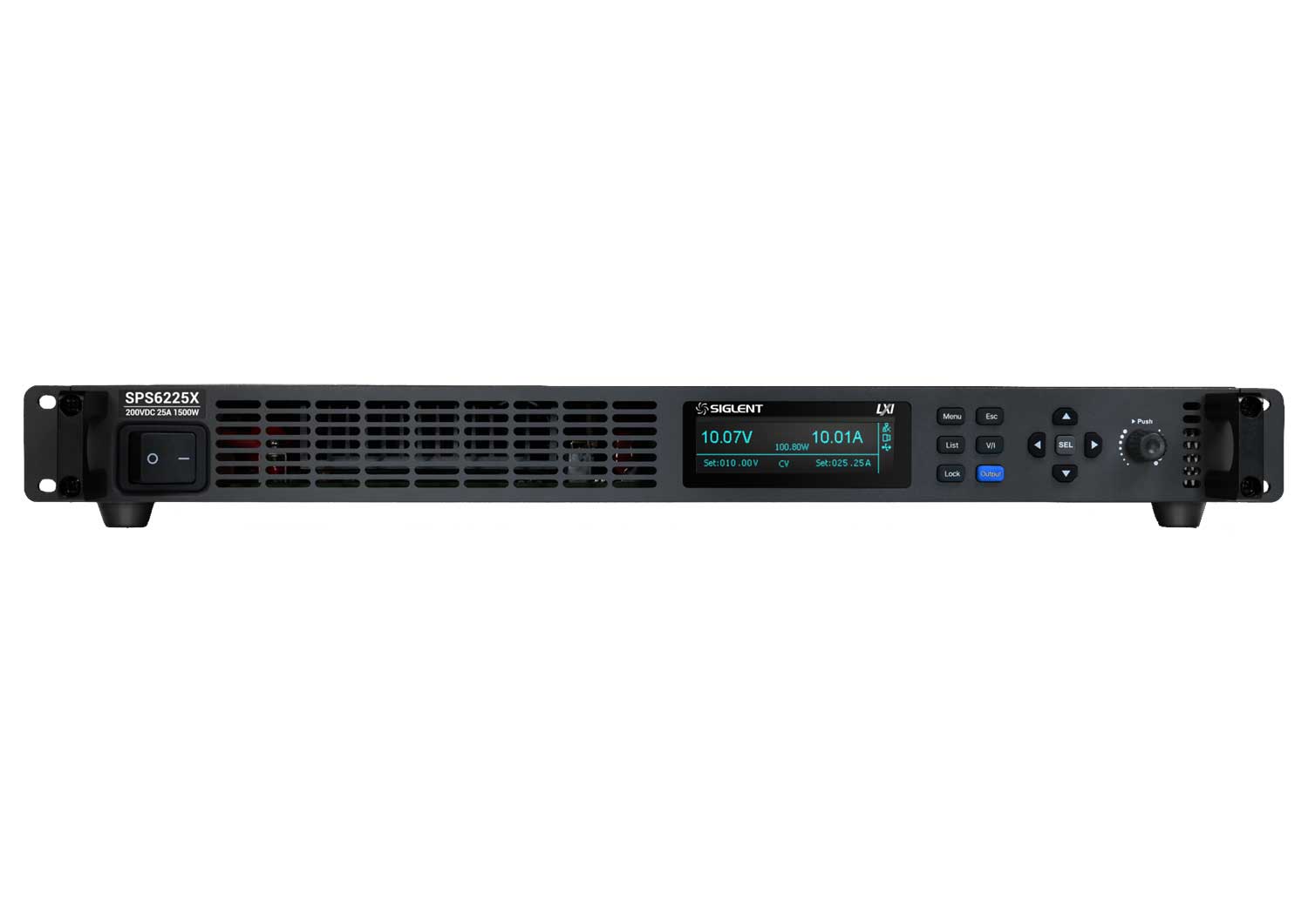

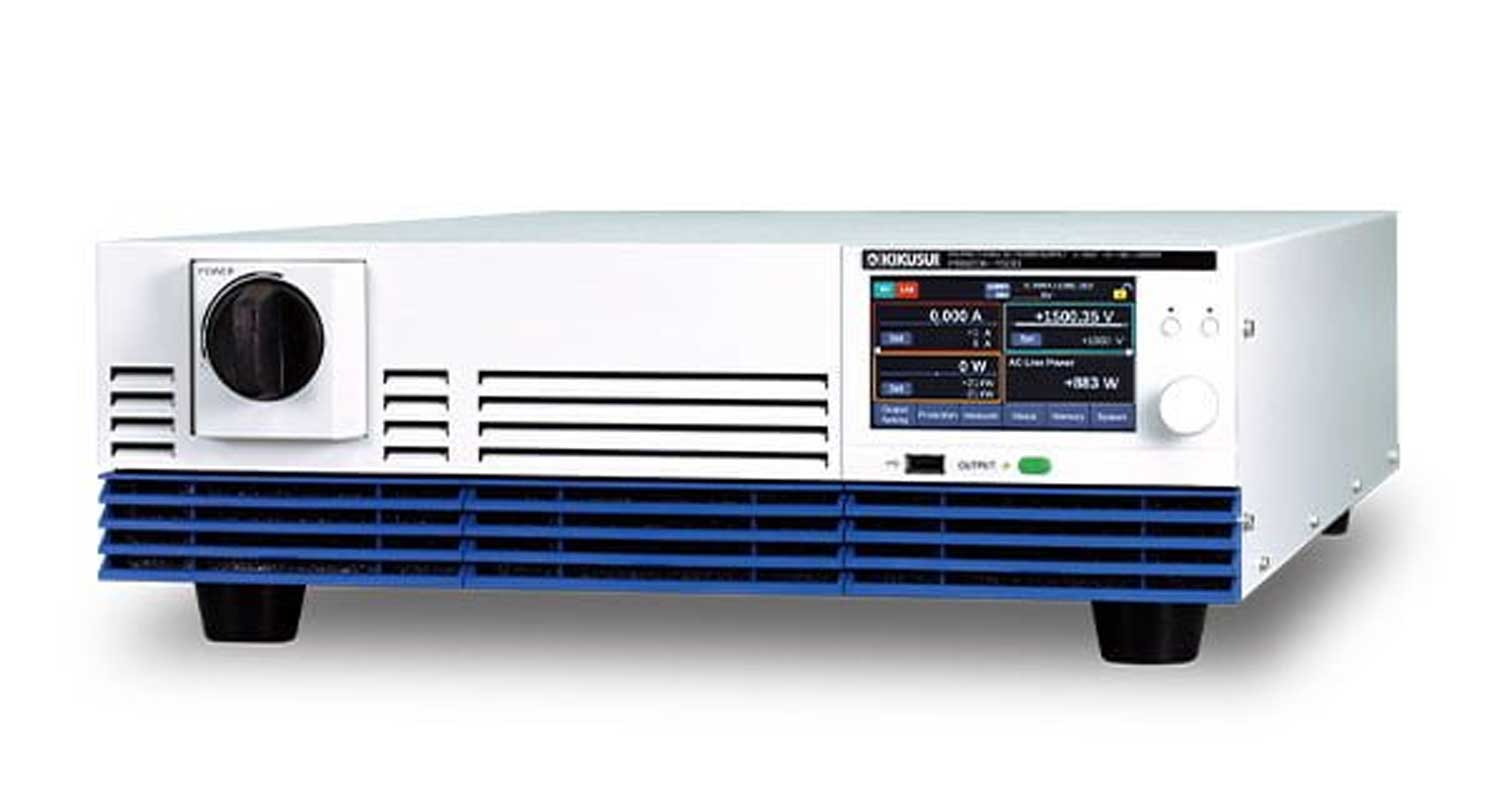


























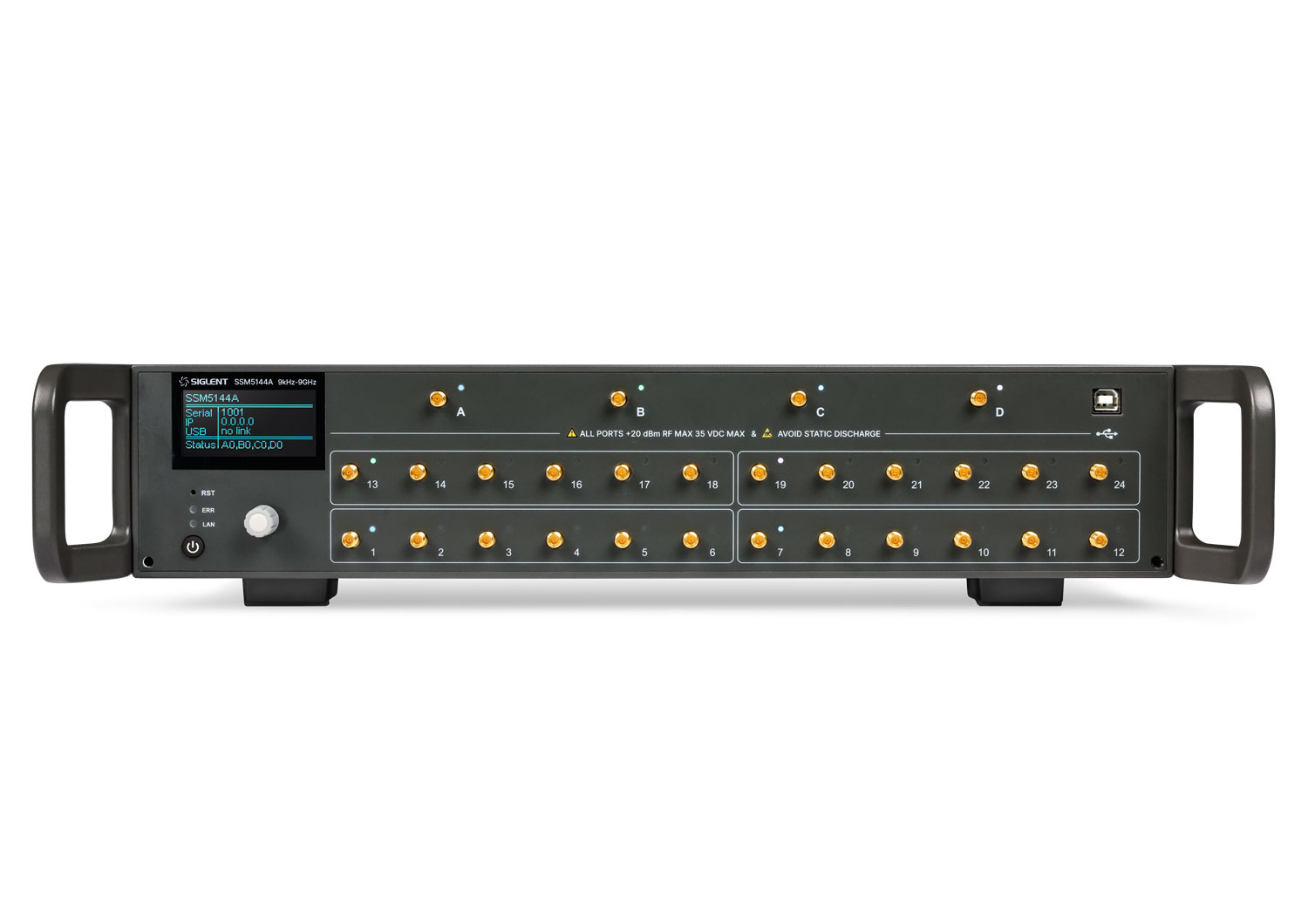












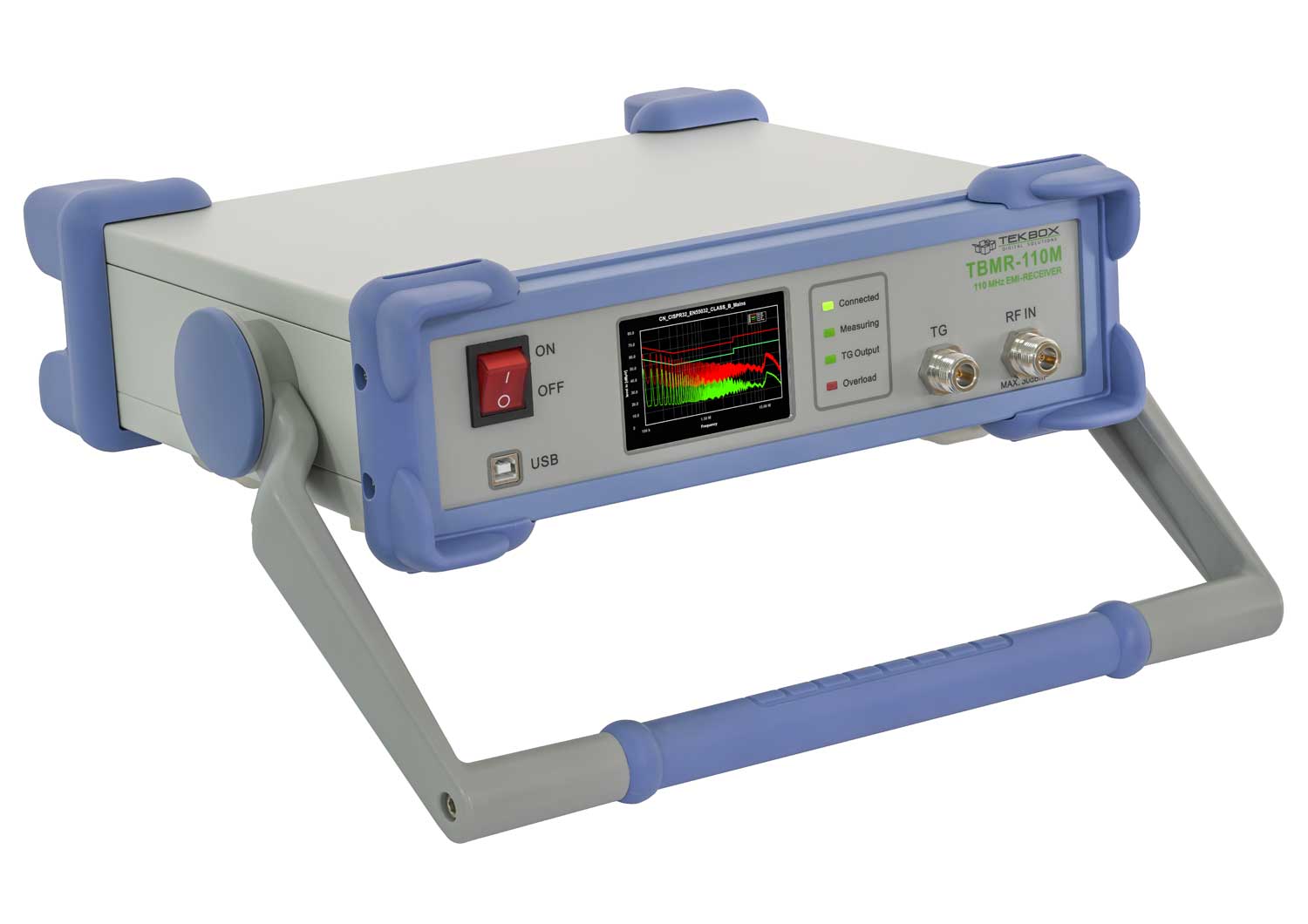
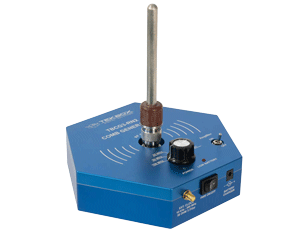

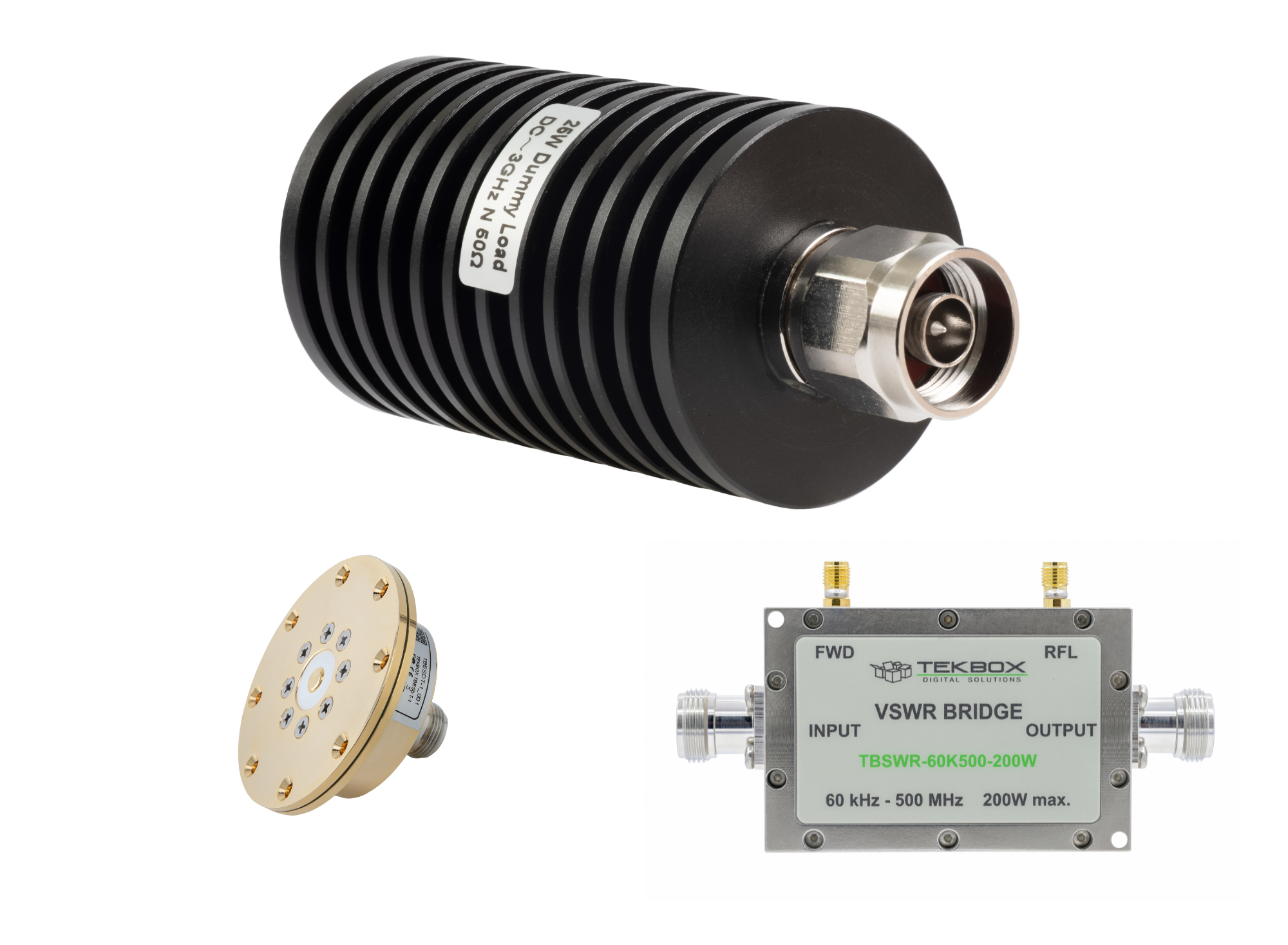




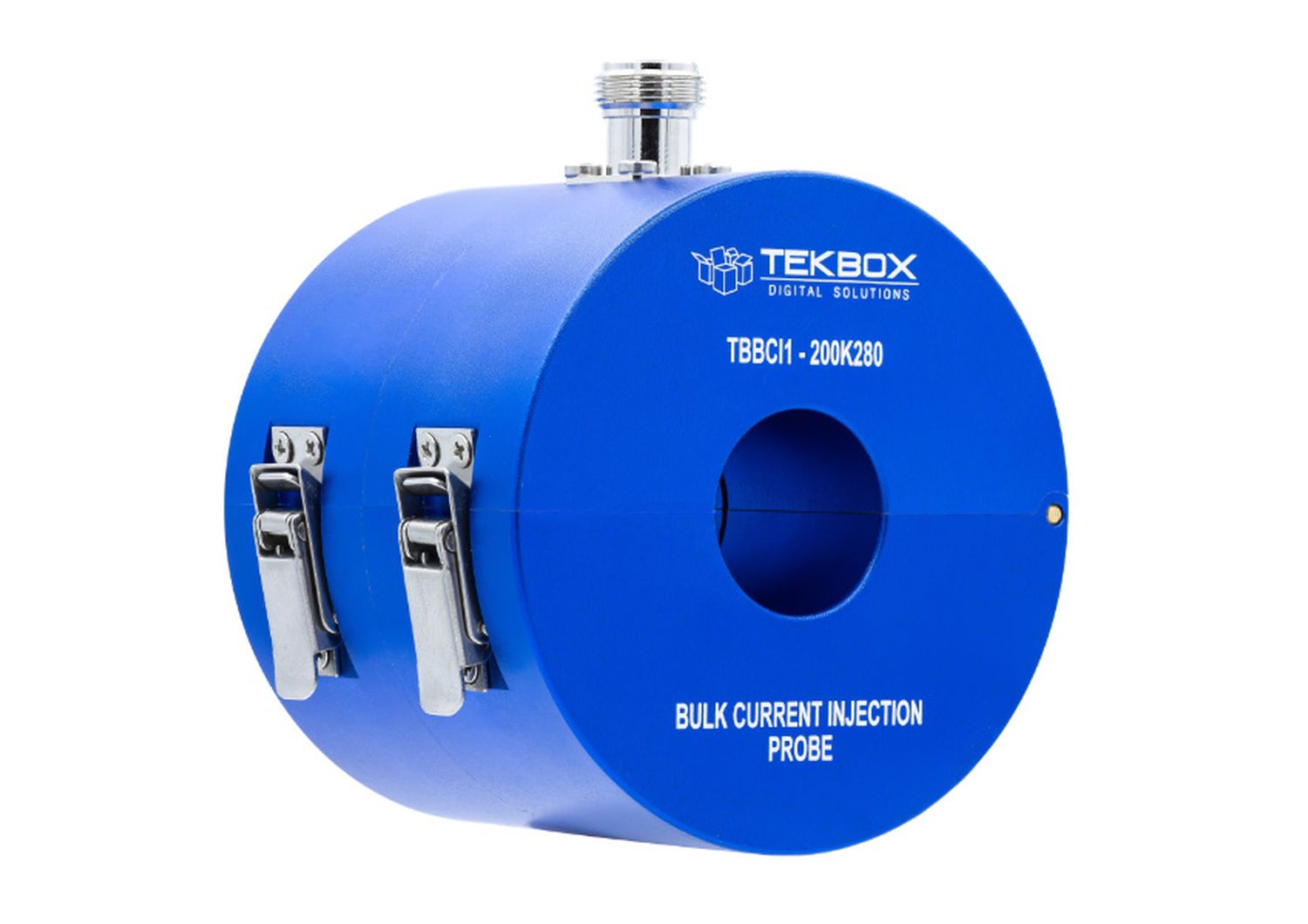



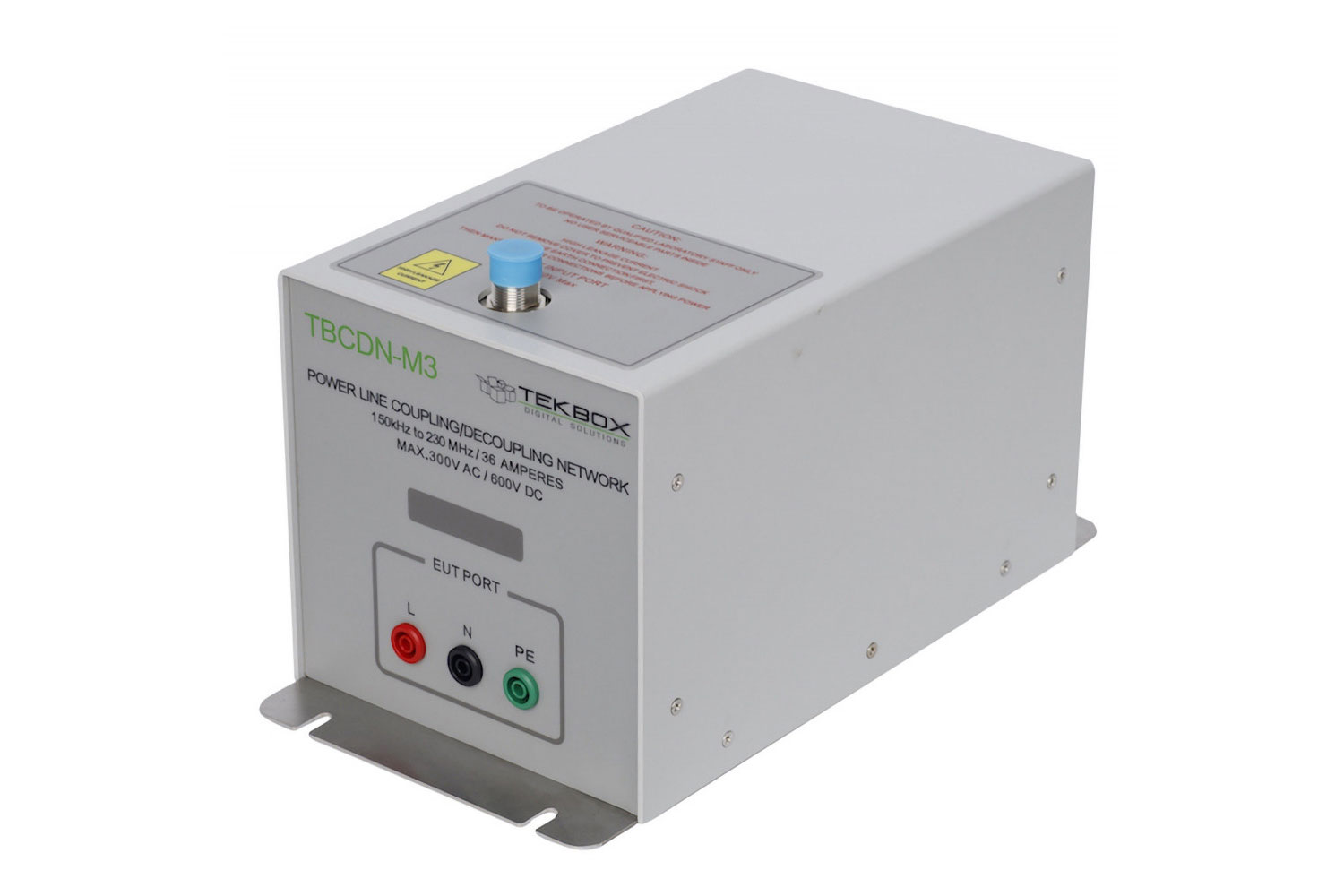
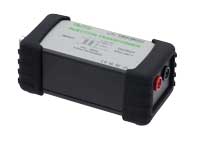

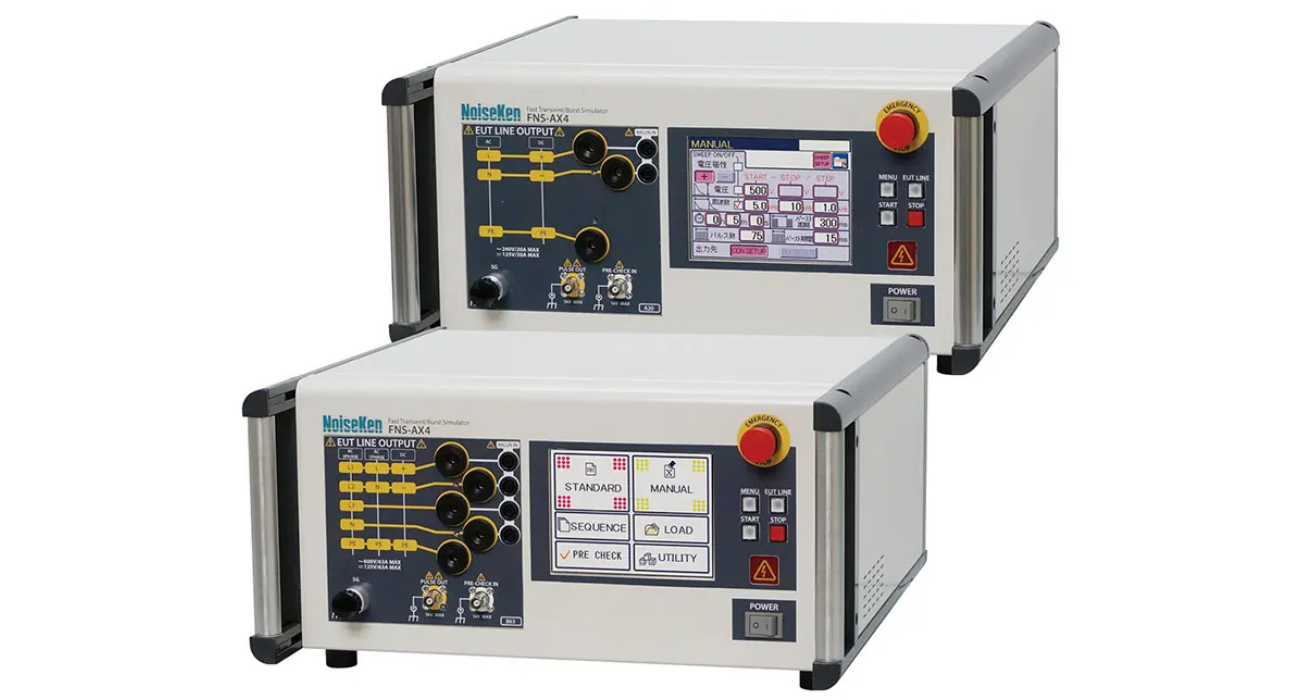
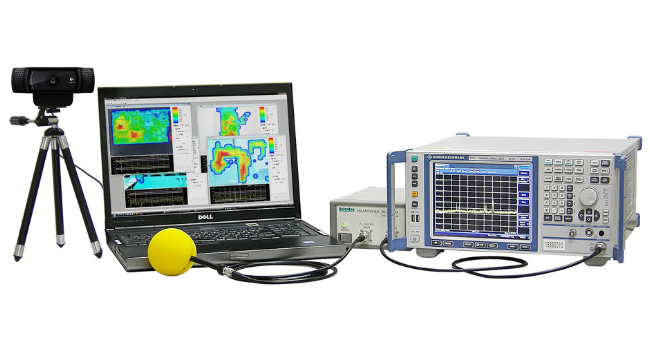















 FREE SHIPPING £75+
FREE SHIPPING £75+
 CELEBRATING 50+ YEARS
CELEBRATING 50+ YEARS
 PRICE MATCH GUARANTEE
PRICE MATCH GUARANTEE


